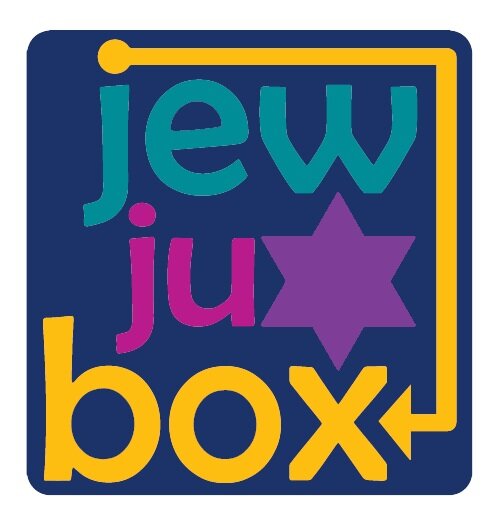How the Jewish Holidays Get their Names
This year, Lag BaOmer falls on May 19. If you’re curious about its origin and how it’s celebrated (or observed), there are plenty of articles out there. But if you’re curious about what the name of the holiday means – and for that matter, what all the names of the holidays mean, keep reading.
Jewish holiday names fall roughly into four categories:
Those that tell exactly what they are
Those whose name is its date
Those which name a major theme or event related to the holiday
Those which combine some of the above elements
Holidays Whose Names Tell Exactly What They Are
Most of these start with “Yom” (יום), which means “day”, or “day of”.
Yom Kippur יוֹם כִּפּוּר is, literally, the Day of Atonement
Yom HaShoah יוֹם הַשּׁוֹאָה means Day of the Catastrophe (Shoah means catastrophe; Holocaust means large-scale destruction, usually by fire)
Yom HaZikaron יוֹם הַזִּכָּרוֹן means Day of Remembrance
Yom HaAtzma’ut יוֹם הָעַצְמָאוּת means Day of Independence
Holidays Whose Name is its Date
Hebrew letters have a numerical value, as shown in this chart:
And these are the months of a Jewish year.
If you put these together, you’ll see that Tu B’Shevat טוּ בִּשְׁבָט literally means 15 in Shevat , and Tu B’Av טוּ בְּאָב means 15 i n Av. (ט which says “t”) has the numerical value of 9, and ו (pronounced as “v” or “oo”) is worth 6. (Although 15 is the sum of 10 and 5, using the usual numerals ( י and ה ) would result in spelling a name for God, so 9 + 6 are used instead. )
Tisha B’Av תִּשְׁעָה בְּאָב is literally 9 in Av; in other words, the ninth of Av.
Holidays Which Name a Major Theme or Event of the Holiday
Shabbat means “Rested” or “Stopped” – and is the word in Torah that describes what God did on the seventh day of creation.
Rosh Hashanah רֹאשׁ הַשָּׁנָה literally means the head of the year. (And while we’re here….Rosh Hodesh, the first of the month, literally means the head of the month.)
Sukkot סוּכּוֹת means booths or huts – where we are said to have stayed during harvest season, which Sukkot marks. Tradition also says we lived in Sukkot during our time wandering after the Exodus. The singular is Sukkah, which is the name of the temporary shelter we use during Sukkot.
Simchat Torah שִׂמְחַת תּוֹרָה means the happiness of Torah, for the day we celebrate the Torah by ending it and immediately beginning again at the beginning.
Chanukah חֲנוּכָּה means dedication – since we rededicated the Temple at that time, it having been seized and desecrated in a war with Assyria.
Purim פּוּרִים means “lots” – as in drawing lots. This is how the book of Esther explains how Haman chose the day he planned to destroy us.
Pesach פֶּסַח This word means both “Pass over” and the name of the traditional spring sacrifice of a lamb. (That lamb’s blood is what marked the doors of Jewish households when the Angel of Death went through Egypt killing the first-born in the Exodus story).
Shavuot שָׁבוּעוֹת means “weeks”. The holiday takes place 7 weeks after Passover – and is the length of time it took to go from Egypt to Mount Sinai, where we were given the Torah.
Holidays Which Combine Naming Elements
Two holidays take their names from numbers, but not from the month in which they fall, and those are Lag BaOmer, and Shemini Atzeret. First – Shemini Atzeret - שְׁמִינִי עֲצֶרֶת Shemini means eighth. Atzeret means “Assembly”. Sukkot was a pilgrimage festival, which took place for a week. The eighth (and final) day was a day of assembly.
Which brings us, finally, to Lag BaOmer. ל״ג בָּעוֹמֶר . The word ל״ג signifies the number 33 (30 +3). So it means 33 in the Omer. During the 7 weeks between Pesach and Shavuot, Torah instructs us to “count the Omer” for 50 days (the 50th day being Shavuot). Traditionally, for reasons whose actual origins are shrouded in time, the Omer period is one of semi-mourning. There is a respite on the 33rd day of the Omer, after which some traditional groups return to semi-mourning, and others emerge from it.
Do you need a list of the Jewish holidays? Ours features both traditional and liberal dates, and is sized to hang on your fridge or bulletin board. Grab it on our Free Downloads page.




